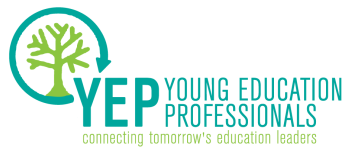Despite having been proved wrong for the past half century, the Bad News Industry is in full cry, armed with the PISA scores, expressing alarm, fright, fear, and warnings of imminent economic decline and collapse.
Never do they explain how it was possible for the U.S. to score so poorly on international tests again and again over the past half century and yet still emerge as the world’s leading economy, with the world’s most vibrant culture, and a highly productive workforce.
Such claims are difficult to reconcile with certain facts about the U.S. population. For example, it’s hard to see the U.S. education system as successful when 43 percent of adults read at a basic or below-basic level (meaning they cannot “perform moderately challenging literacy activities”). Nor is it easy to characterize a system as successful when just over 33 percent of its students go on to receive a college degree. Perhaps still more discouraging is the fact that, despite respectable rates of college entry, the United States (at just under 60 percent) ranks well below the OECD average (just under 70 percent) for the number of students who start college but never finish. As Paul Tough has said, “Not long ago, the United States led the world in producing college graduates; now it leads the world in producing college dropouts.”
One of the reasons that different people can reach such vastly different conclusions about the same system, however, is that educational experience varies so much by income level. Fifty-four percent of students from the top-income quartile in this University of Michigan study completed college, but just 32 percent, 21 percent, and 9 percent did the same in the third-, second- and lowest quartiles, respectively. Because a person’s own experience shapes his or her intuitions about the world, such divergent experiences can produce just as divergent interpretations of the facts. That is, if you got a good education, you’re likely to be receptive to the idea that the education system isn’t doing so bad; if you didn’t, you might not.
And the truth is that both groups might be right. A good portion of affluent students likely are getting a good education; similarly, the poor likely experience a system of education that is deeply broken. Indeed, those differing experiences are a huge driver of the economic inequality we observe. But that’s the trouble with inequality: When the experience of the highest on the income distribution varies so greatly from those below, it becomes difficult not only to find the political will to fix a problem, but to even see the problem in the first place.
CJ Libassi, a former teacher, is a public policy graduate student at the University of Michigan. Reach him via email or Twitter.

 RSS Feed
RSS Feed